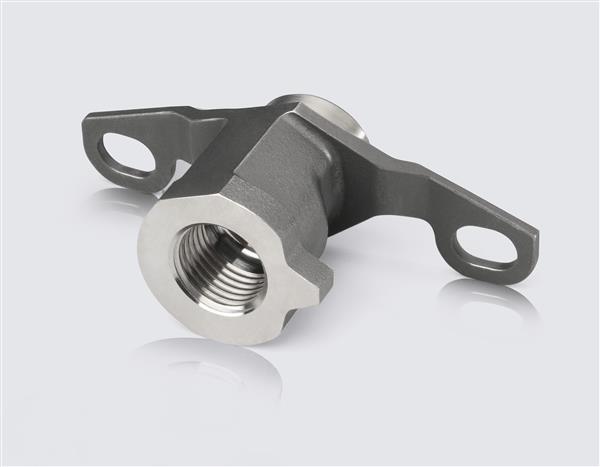German aircraft engine manufacturer MTU Aero Engines has demonstrated its commitment to the future of 3D printing with the launch of a new additive manufacturing department in Munich.
The new facility brings together around 30 professionals in engineering, process, operations and design to a single location, optimizing the company’s additive output.
3D printing for mass manufacturing
MTU Aero Engines is a primary supplier to U.S. engine manufacturer Pratt & Whitney. Earning its place on the additive manufacturing map back in 2013, MTU started development of the 3D printed borescope bosses for the Pratt & Whitney PW1000G-JM turbofan engine, driver of Airbus’s A320neo jetliner.
Five years on and the 3D printed boreoscope bosses are a success, providing Airbus with a number of advantages, e.g. material wastage, complexity, light-weighting, against traditional milling. On average, these parts mass-manufactured at a rate of 16 parts per job, and up to 2,000 parts per year.
By 2030, MTU expects that 15% of parts in the PW1000G-JM engine will be 3D printed.

Additive manufacturing a “top priority”
MTU uses selective laser melting (SLM) technology in collaboration with EOS.
Under the eco-friendly Clean Sky partnership setup by the European Commission and the European aeronautics industry, MTU’s next additive project is to improve the efficiency of a seal carrier.
Components produced under this initiative will have to withstand high pressures, and are tipped to enhance clearance control. The company also aims to improve process monitoring of SLM 3D printing, to give a better surface finish to the parts.

According to Lars Wagner, Chief Operating Officer at MTU, “We are currently pressing on with additive manufacturing, giving its further development top priority in numerous technology projects and technology funding programs.”
Subscribe to the 3D Printing Industry newsletter, follow us on Twitter and like us on Facebook for all the latest stories.
Sign up to 3D Printing Jobs for new opportunities in engineering, marketing and software development.
Featured image shows a PW1000G engine in assembly at MTU Aero Engines. Photo via MTU


